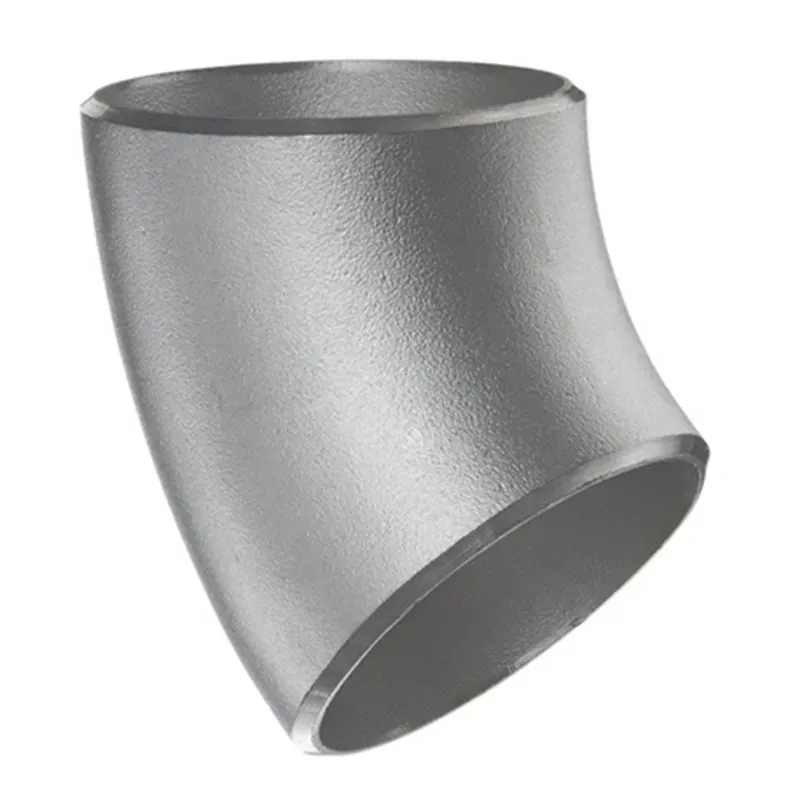-
Cangzhou Yulong Steel Co., Ltd.
-
Phone:
+86 13303177267 -
Email:
admin@ylsteelfittings.com
- English
- Arabic
- Italian
- Spanish
- Portuguese
- German
- kazakh
- Persian
- Greek
- French
- Russian
- Polish
- Thai
- Indonesian
- Vietnamese
- Zulu
- Korean
- Uzbek
- Hindi
- Serbian
- Malay
- Ukrainian
- Gujarati
- Haitian Creole
- hausa
- hawaiian
- Hebrew
- Miao
- Hungarian
- Icelandic
- igbo
- irish
- Japanese
- Javanese
- Kannada
- Khmer
- Rwandese
- Afrikaans
- Albanian
- Amharic
- Armenian
- Azerbaijani
- Basque
- Belarusian
- Bengali
- Bosnian
- Bulgarian
- Catalan
- Cebuano
- China
- China (Taiwan)
- Corsican
- Croatian
- Czech
- Danish
- Esperanto
- Estonian
- Finnish
- Frisian
- Galician
- Georgian
- Kurdish
- Kyrgyz
- Lao
- Latin
- Latvian
- Lithuanian
- Luxembourgish
- Macedonian
- Malgashi
- Malayalam
- Maltese
- Maori
- Marathi
- Mongolian
- Myanmar
- Nepali
- Norwegian
- Norwegian
- Occitan
- Pashto
- Dutch
- Punjabi
- Romanian
- Samoan
- Scottish Gaelic
- Sesotho
- Shona
- Sindhi
- Sinhala
- Slovak
- Slovenian
- Somali
- Sundanese
- Swahili
- Swedish
- Tagalog
- Tajik
- Tamil
- Tatar
- Telugu
- Turkish
- Turkmen
- Urdu
- Uighur
- Welsh
- Bantu
- Yiddish
- Yoruba

Oct . 11, 2024 05:26 Back to list
ansi b16 1 class 125
Understanding ANSI B16.1 Class 125 A Guide to Cast Iron Pipe Flanges
The ANSI B16.1 standard is a critical component in the design and application of cast iron pipe flanges used across various industrial sectors. Specifically, Class 125 refers to a pressure class that indicates the capabilities of these flanges in handling different operational conditions, such as temperature and pressure. This article explores the significance, specifications, and applications of ANSI B16.1 Class 125 flanges.
Overview of ANSI B16.1
ANSI B16.1 provides guidelines and standards for cast iron flanges, ensuring uniformity and safety across the piping industry. It was established by the American National Standards Institute (ANSI), which is responsible for setting standards that guarantee product safety and reliability. The standard applies primarily to flanged joints used with cast iron piping systems, which are prevalent in waterworks, sewage, and other fluid transfer applications.
Specifications of Class 125
Class 125 flanges are designed for use in systems that operate at moderate pressures and temperatures. Specifically, they can handle a maximum working pressure of 125 psi at a temperature of 100°F. The standard dimensions and manufacturing tolerances specified in ANSI B16.1 Class 125 make it easier for engineers and designers to select the appropriate flange size for their specific applications.
The flanges are generally produced from various grades of cast iron, with ductile iron being a common choice for its superior mechanical properties. This allows Class 125 flanges to be both strong and durable, making them suitable for different environments.
ansi b16 1 class 125

Dimensions and Design
The dimensions of ANSI B16.1 Class 125 flanges are standardized, allowing for compatibility among different manufacturers. This standardization includes bolt hole patterns, flange thickness, and outside diameters. The flange dimensions are critical for ensuring a proper fit and preventing leaks in piping systems. The standard provides tables that specify the exact measurements, making it easier for professionals to source and assemble these components into their piping systems.
Applications of Class 125 Flanges
Class 125 flanges are widely used in several applications. They are especially prominent in the waterworks industry, including municipal water supply systems, wastewater treatment plants, and irrigation systems. The ability to effectively create tight seals in these systems is paramount, as it helps prevent leaks and contamination.
Additionally, Class 125 flanges are utilized in industrial settings where cast iron piping is necessary. They can be found in chemical processing plants, power generation facilities, and HVAC systems. Their resistance to corrosion and fatigue makes them a reliable choice for handling various fluids and gases.
Conclusion
In summary, ANSI B16.1 Class 125 flanges are essential components within the piping industry, providing reliable connections in a wide range of applications. Understanding their specifications, dimensions, and appropriate use cases is vital for engineers and decision-makers in ensuring the safety and effectiveness of piping systems. As industries continue to advance, adherence to established standards like ANSI B16.1 will remain crucial in promoting best practices and efficient operation in fluid transfer systems.
Latest news
-
ANSI 150P SS304 SO FLANGE
NewsFeb.14,2025
-
ASTM A333GR6 STEEL PIPE
NewsJan.20,2025
-
ANSI B16.5 WELDING NECK FLANGE
NewsJan.15,2026
-
ANSI B16.5 SLIP-ON FLANGE
NewsApr.19,2024
-
SABS 1123 FLANGE
NewsJan.15,2025
-
DIN86044 PLATE FLANGE
NewsApr.19,2024
-
DIN2527 BLIND FLANGE
NewsApr.12,2024
-
JIS B2311 Butt-Welding Fittings LR/SR 45°/90° /180°Seamless/Weld
NewsApr.23,2024











